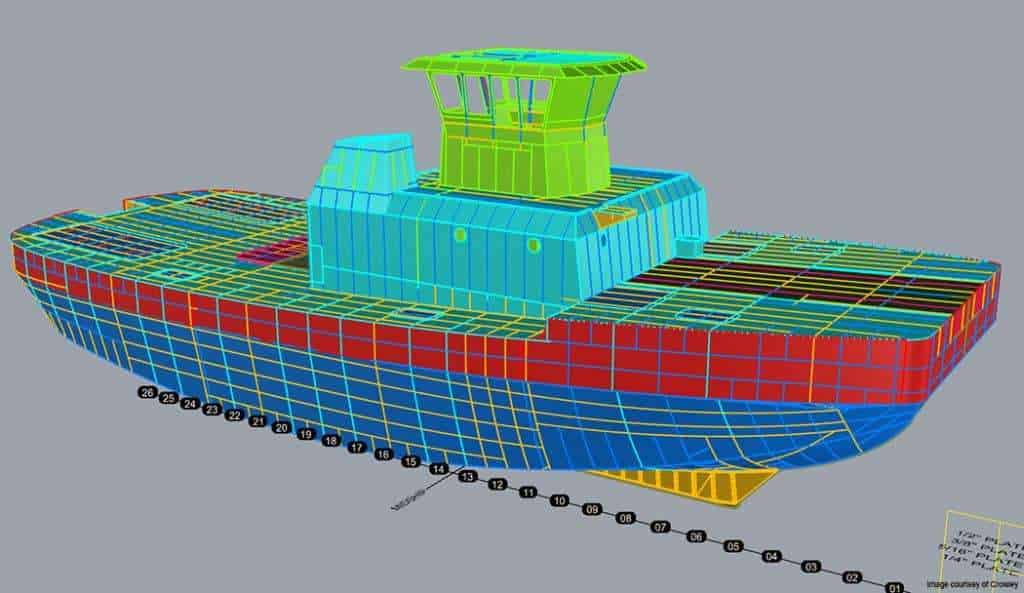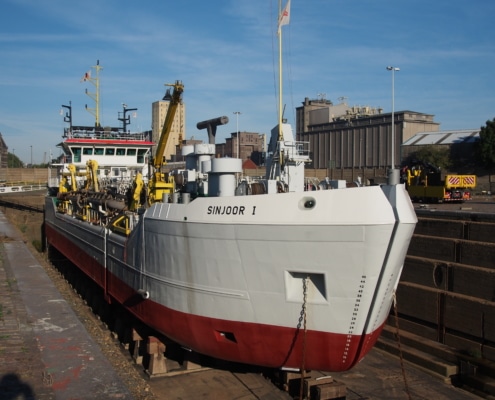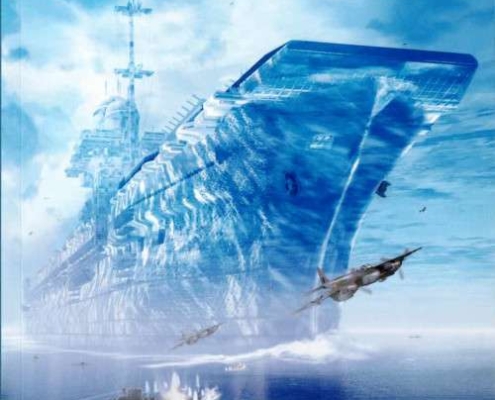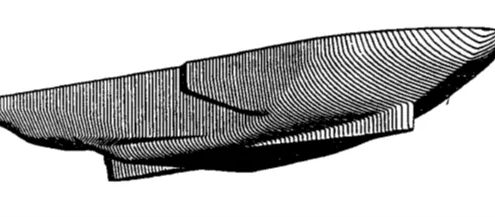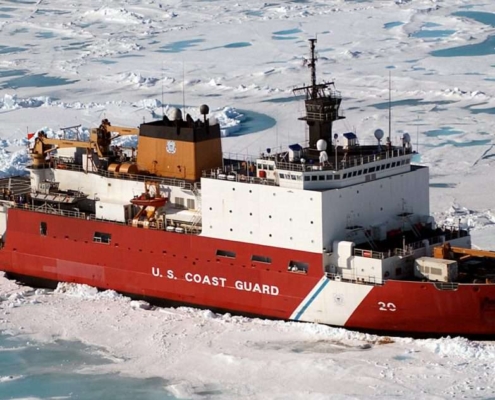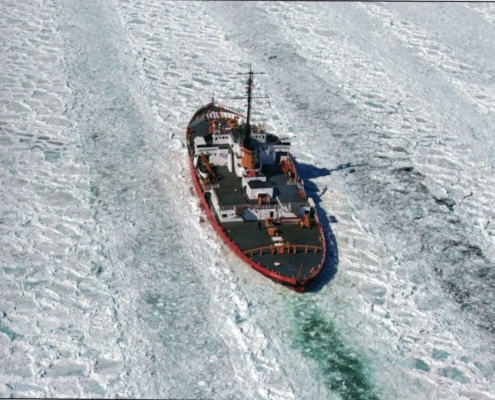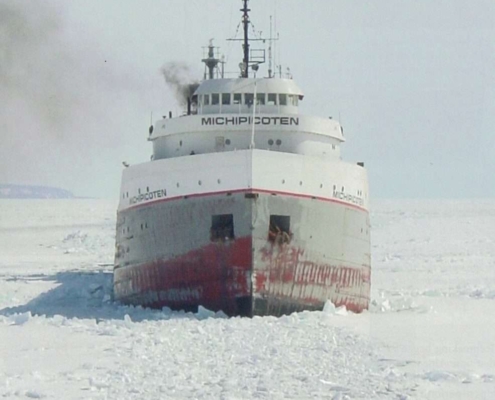Damage stability analysis requires an engineer to examine the vessel in various damaged conditions and check that it still complies with stability regulations. This ensures the vessel has suitable survivability, even with the hull punctured. The downside is the labor intensity for this type of analysis. The only way to be sure about safety in a damaged condition is to check every scenario of damaged tanks and compartments. Don’t try to save money by reducing the number of cases or limiting the analysis to damage on only one side of the vessel.
The real labor originates from constructing the damage stability model. Stability analysis requires a model of the vessel. Most of these are proprietary models, and we can’t just import the geometry from another program like Rhino 3D. To make matters worse, normal stability models don’t typically include the internal compartmentation (all the bits that we need to damage for a damage stability analysis). For a complicated vessel, this may require modeling 50 – 150 individual compartments. And then the engineer develops the different damage cases, often a manual operation.
But after developing the stability model, the analysis process accelerates. Most stability software includes automation options to rapidly iterate through all the damage cases.
Most of the options for damage stability get stipulated by regulations, and you don’t have any options to reduce engineering costs. Even worse, if the analysis gets abridged, the engineer can not report any definitive conclusions. Cutting back does not help. Instead, can we get anything more from this beyond regulatory compliance? Dive deeper and expose the rationale behind the results.
Ask for Maximum VCG curves from each damage case. Expose the weak points on your vessel. This may even uncover options to improve performance. Perhaps your ship was limited by a single bad damage case. Some small changes could improve everything. Adding a few small tanks below decks may vastly expand the cargo capacity above deck. Tackled creatively, damage stability analysis becomes an opportunity for growth.

